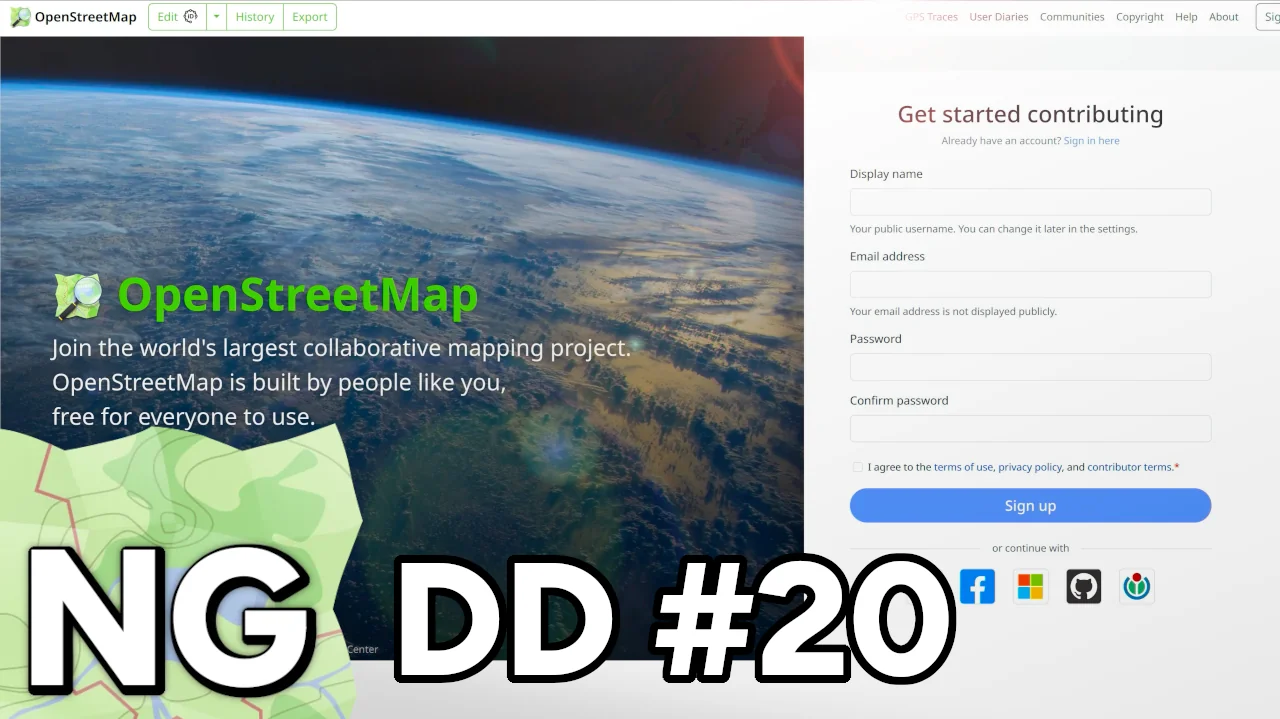The Triple Frontier 3
Monday was a list of things to do, the last day before departure for Manaus. Priority number one was to move from a hostel too far away from the crossing into Tabatinga to one that was almost on the frontier, a pillar 10 metres away from our rooms marked the boundary. A brief stop for breakfast and down to Tabatinga port to buy our boat tickets, again checking out hammocks on the way.









